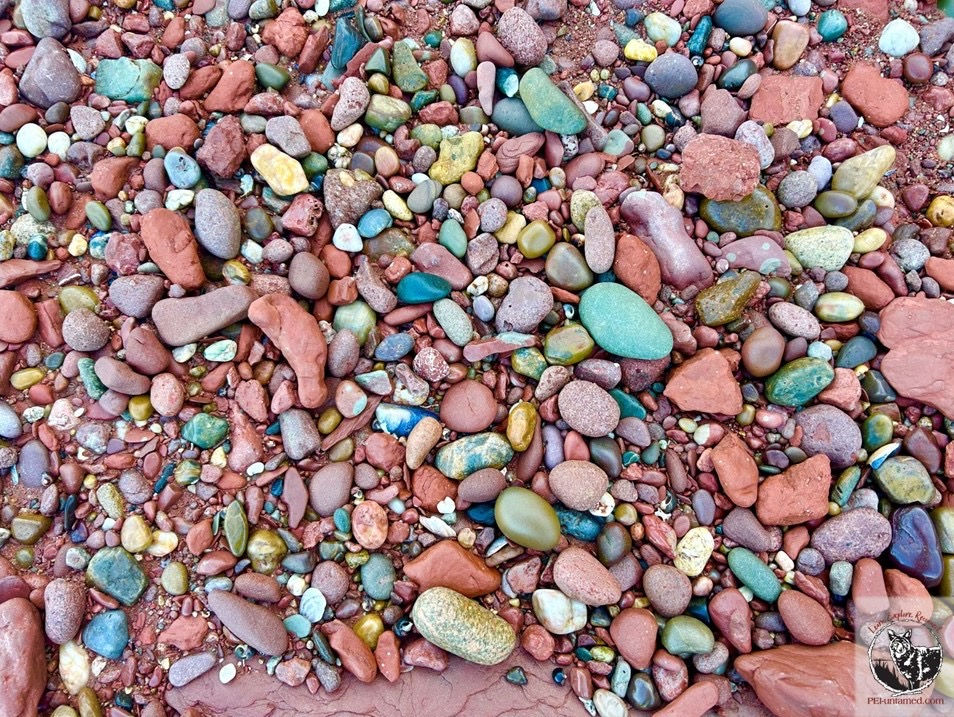Permian to Present 12: Introduced Wildlife
- katemacquarrie22
- Feb 8, 2023
- 3 min read
In recent editions of Permian to Present, we’ve seen how and why PEI lost its large, native mammals. But in the 1900s, people thought would be a good idea to bring a few new mammals to our newly-tamed Island. Today we look at some of these.
One of the first animals to be introduced to PEI was Raccoon (Procyon lotor, Photo 1 courtesy of Brian McInnis). In the early 1900s Raccoon fur was popular; the fashionable Stanley Bros. store in Charlottetown was advertising Raccoon coats starting at $48 (the equivalent of more than $2,000 today). This, coupled with the economic success of Fox ranching on PEI, inspired local entrepreneurs to branch out into Raccoon ranching. By 1912, there were local sales of live Raccoons, such as seven pairs on offer by W.F. Weeks & Son in Fredericton PEI for $25 (more than $1,000 today).

Raccoon ranching wasn’t as profitable as hoped, and the animals were released. By 1928, seeing a wild Raccoon on PEI was still novel enough that local papers would report on the sighting, but by 1936 they were plentiful in some areas, particularly Eastern Kings. In 1953, their growing population prompted Government to introduce a bounty of $3 per snout. Despite thousands of Raccoons being killed over the next few years, they remained established on PEI and are common and widespread here today.
Fur ranching is responsible for another animal’s presence on PEI: Striped Skunk (Mephitis mephitis, Photo 2 courtesy of Brett MacKinnon). Skunk ranching was mentioned in Island newspapers as early as 1903, with notes that pelts from farms elsewhere in North America were selling at $4 each (about $175 today). By 1914, famed Fox rancher Charles Dalton reported having 35 pairs of Skunks (marketing their fur as ‘sable’), and pairs of Skunks were being advertised for sale in Charlottetown. Like Raccoon, Skunk ranching didn’t last long. In 1921 there were no remaining Skunk farms on PEI; the animals had been released and were increasing rapidly in the wild. Bounties were in place between 1932 and 1956, with thousands of animals turned in each year. Ironically (and sadly), during this time there was also a bounty on Great Horned Owls – a predator of Skunks – with more than 1,000 of these majestic birds killed. Despite these efforts, Skunks remain common on PEI today (fortunately the owls remain, too).

Furbearers weren’t the only animals brought to PEI: in 1949 a pair of White-tailed Deer (Odocoileus virginianus) was given as a gift to Premier Walter Jones. Two years later, a dozen fawns from Nova Scotia were released near Charlottetown, with some of them later moved to Prince County. In 1958, it was reported that as many as 20 deer roamed the woods around Black Banks and Poplar Grove, and these may have persisted for another decade. Their introduction didn’t take, and there are no wild White-tailed Deer on PEI today.
The Island’s newest mammal is the Eastern Coyote (Canis latrans, Photo 3 courtesy of Brian McInnis). Although Coyotes weren’t intentionally brought here like Raccoons, Skunks, and Deer, their presence is the result of human activity. Coyotes are open-land animals, originally found in North America’s Great Plains. Land clearing allowed them to expand their range east, all the way to PEI. They were first confirmed here in 1983 (although certainly present for years before that) having made their way to the Island from the mainland across the winter ice. They have since expanded throughout the province and are common in both urban and rural areas.

The next – and final – edition of Permian to Present will explore land use change on PEI in the 20th century.



